Charles Alexander Eastman (1858-1939) was a mixed-blood Sioux. His maternal grandmother, daughter of Chief Cloudman of the Mdewankton Sioux, was married to a well-known western artist, Captain Seth Eastman, and in 1847 their daughter Mary Nancy Eastman became the wife of Chief Many Lightnings, a Wahpeton Sioux. Their fifth child, Charles Alexander Eastman, as a four-year old was given the name Ohiyesa (the Winner). During the Sioux Uprising of 1862 Ohiyesa became separated from his father-his mother had died soon after his birth-and fled from the reservation in Minnesota to Canada under the protection of his grandmother and uncle. There he was schooled in the Indian ways until the age of fifteen, when he was reunited with his father, who took him back to his homestead in present South Dakota. Eastman went on to become one of the best-known Indians of his time, receiving a Bachelor of Science degree from Dartmouth in 1887 and a medical degree from Boston University three years later. From his first appointment as a physician at Pine Ridge Agency, where he witnessed the events that culminated in the Wounded Knee massacre, he sought to bring understanding between Native and non-Native Americans. In addition to two autobiographical works, Indian Boyhood (1902) and From the Deep Woods to Civilization (1916), Charles Eastman wrote nine other books, some in collaboration with his wife, Elaine Goodale Eastman (who has told her story in Sister to the Sioux, also a Bison Book). In The Soul of the Indian, first published in 1911, the author’s aim has been “to paint the religious life of the typical American Indian as it was before he knew the white man.”

Book Overview: The Soul of the Indian: An Interpretation
Product Information
| ISBN-13 | 9780803267015 |
| ISBN-10 | 0803267010 |
| Publisher | Bison Books |
| Publication Date | 1980 |
| Edition | Revised ed. |
| Language | en |
| Pages | 170 |
| Dimensions | in x in x in |
| Weight | lbs |
About the Author
Charles A. Eastman
Charles A. Eastman, born as Hakadah and later named Ohiyesa, was a renowned Santee Dakota physician, writer, reformer, and a pivotal figure in the preservation of Native American culture. Born in 1858 near Redwood Falls, Minnesota, Eastman’s early life was steep composed of traditional Dakota upbringing, later switching to Western education after the age of fifteen. Successfully navigating between the two vastly different cultures, he not only carved out a niche for himself as the first Native American physician, providing crucial health services at the Pine Ridge Agency, South Dakota, but also became a prominent advocate for rights and welfare of Native Americans.
Eastman’s versatility extended beyond his substantial achievements in the medical field, becoming an accomplished author. His writing was introduces the richness of Native American culture to the Western world, with his books exploring a wide array of themes ranging from tribal folklore to autobiographical pieces. The engaging and authentic narrative of his works like “Indian Boyhood”, “The Soul of an Indian”, and “Indian Heroes and Great Chieftains” won international acclaim, contributing significantly towards dismantling stereotypes about Native American culture.
Despite his success in Western society, Eastman’s commitment to his roots remained paramount. He served as a Native American rights activist and an essential government consultant for the welfare of indigenous tribes. Recognized as a pioneering spirit, Eastman brilliantly used his life and works to bridge the gap between Native American and Western cultures, providing a vivid insight into his community’s rich heritage. His remarkable legacy continues to inspire generations, enhancing a deeper appreciation for Native American culture and history.
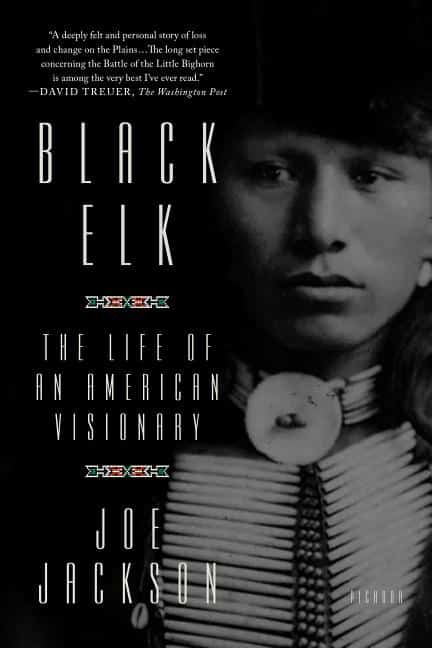
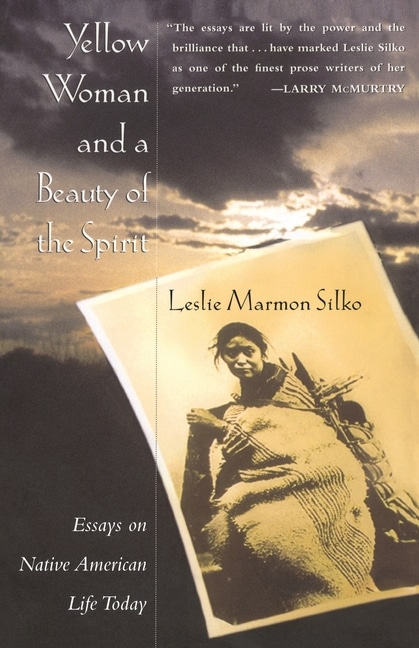
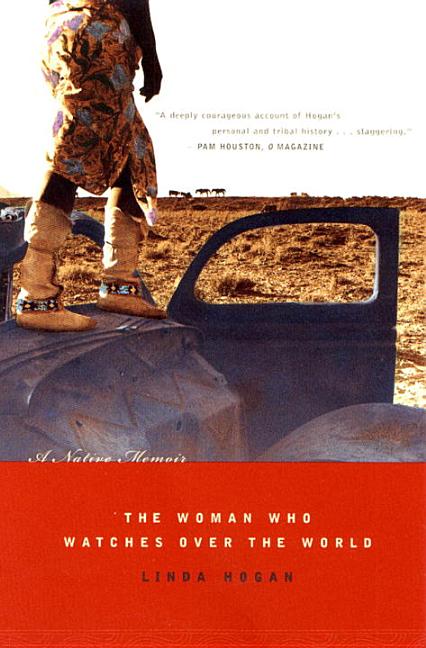
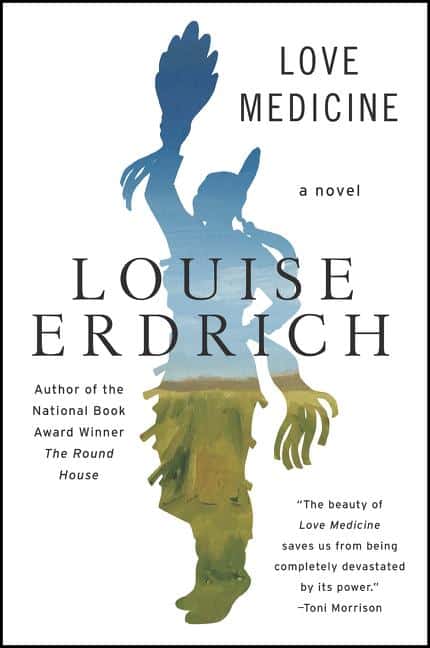
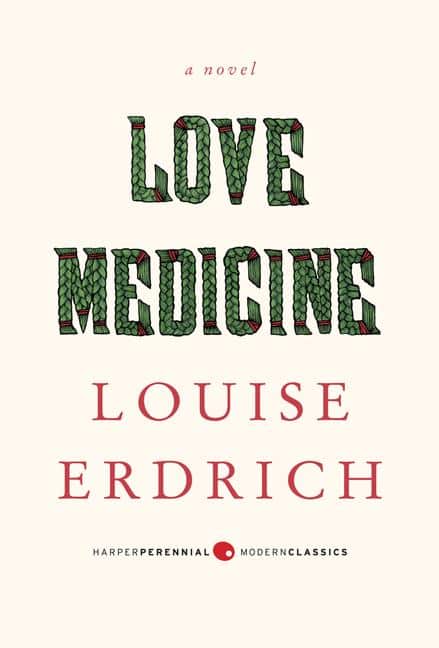
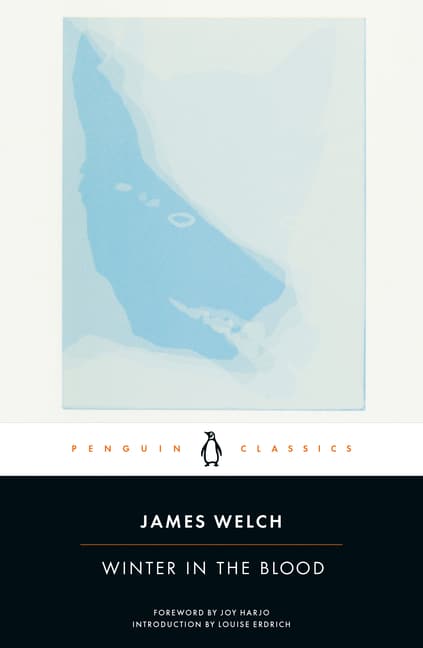
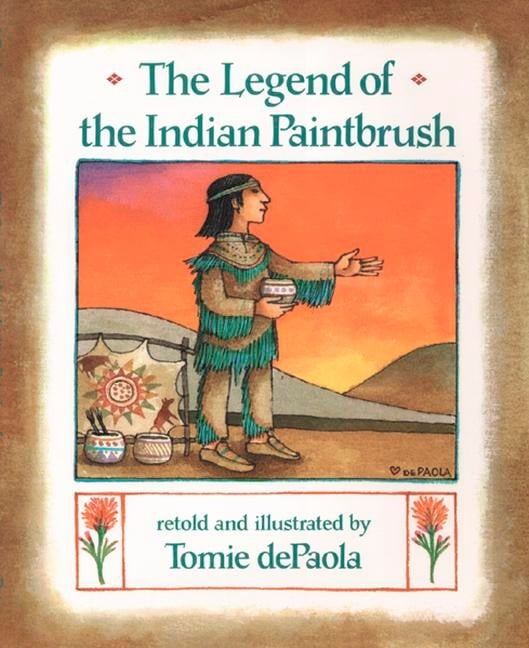
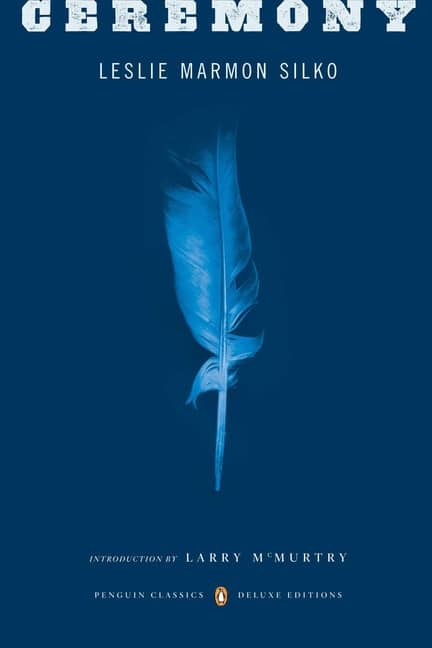
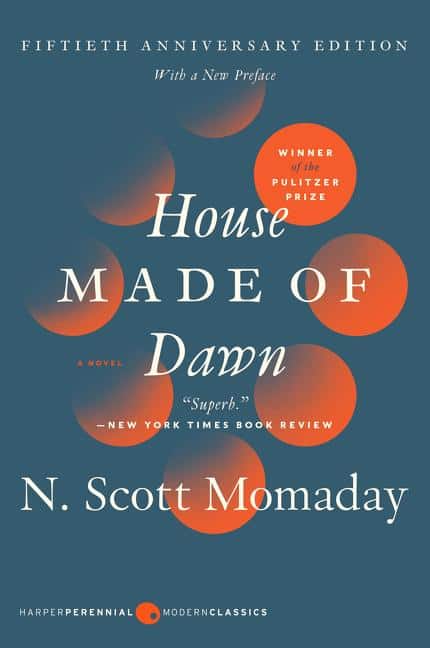
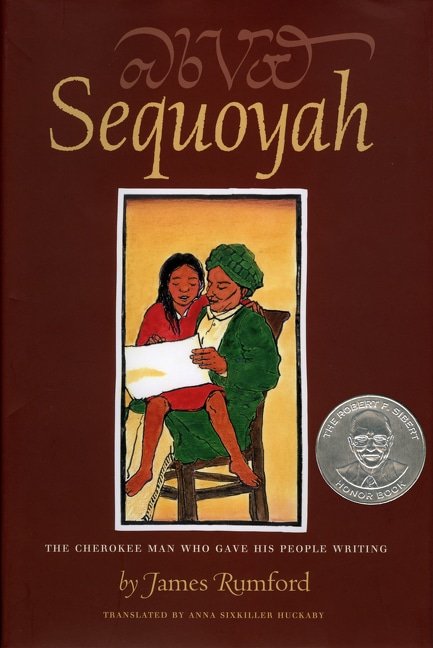
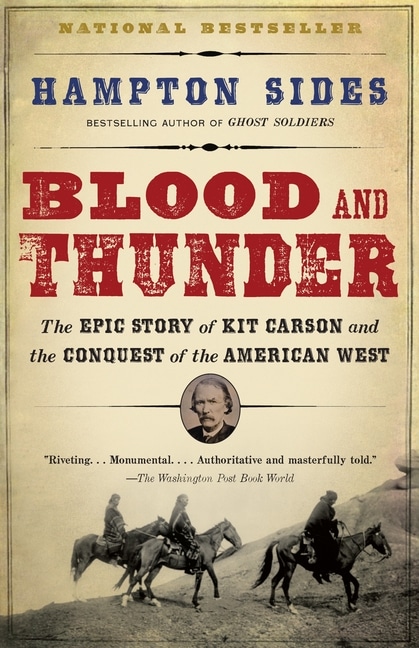
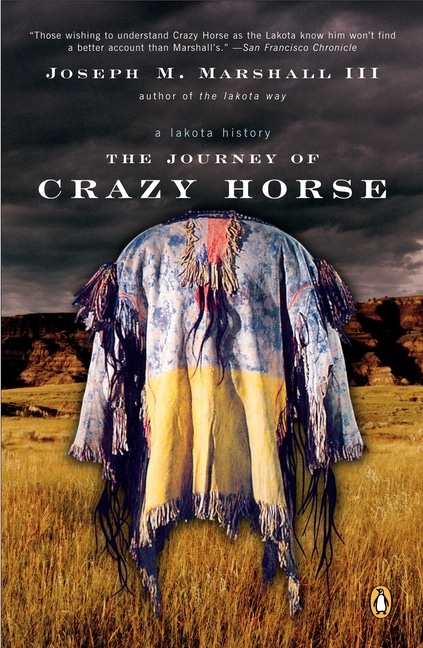
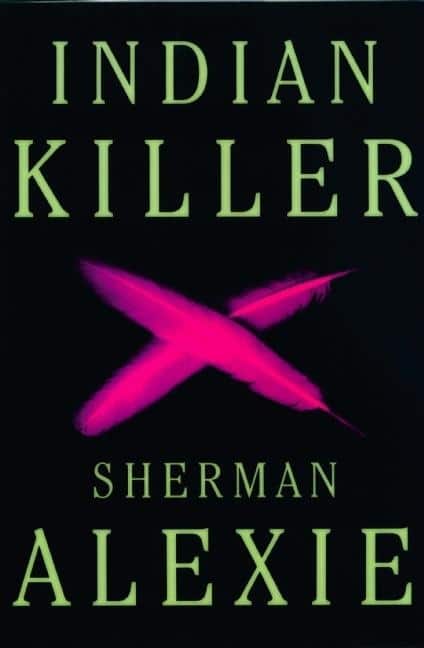
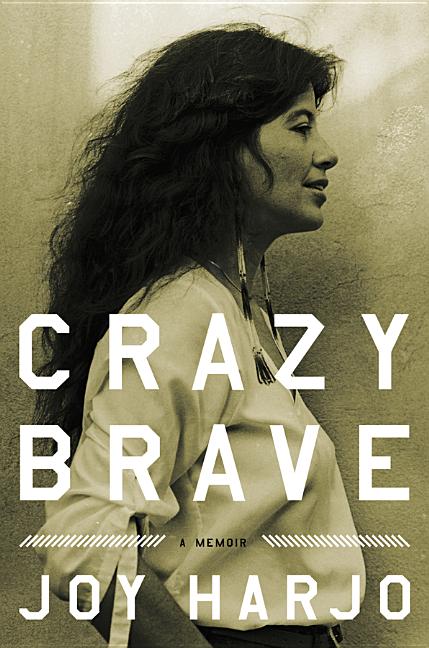
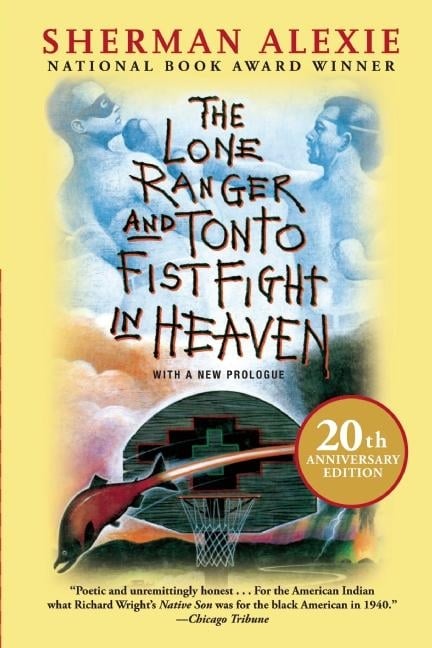
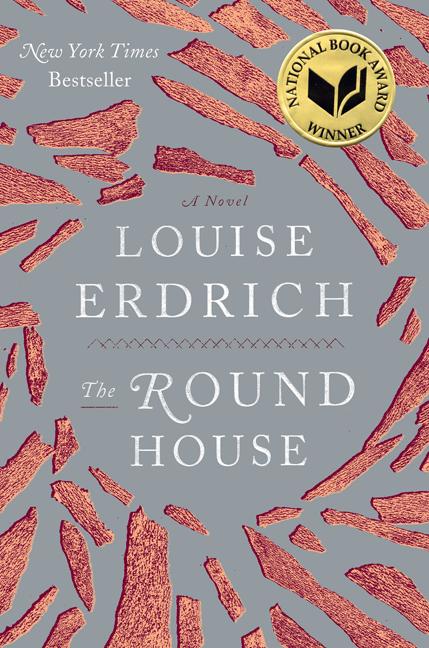
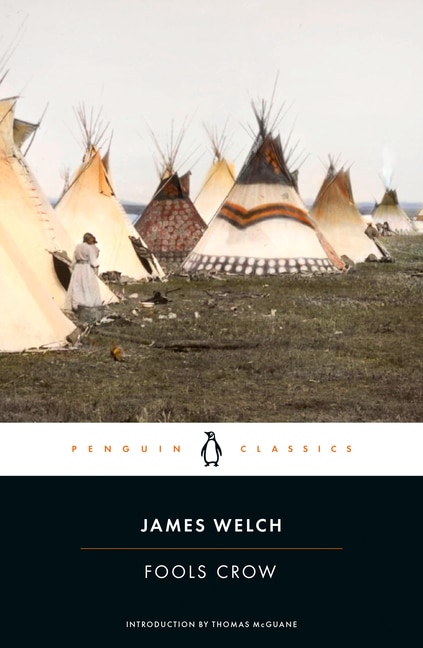
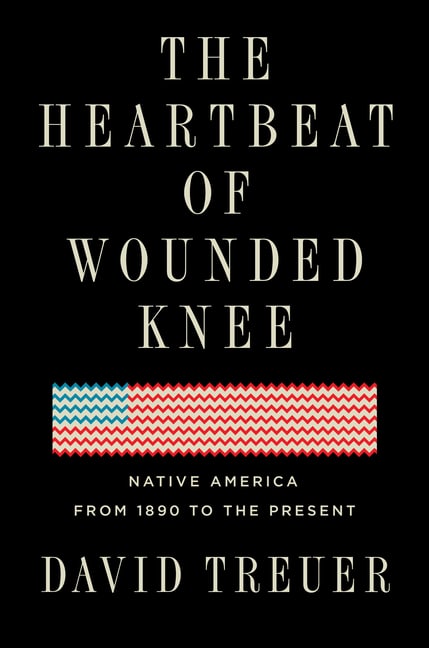
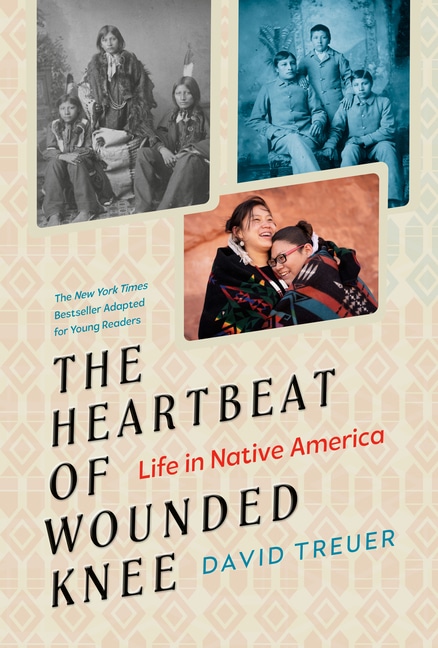
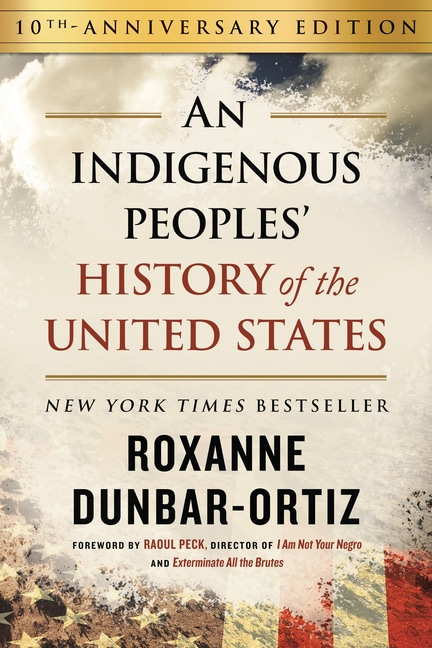


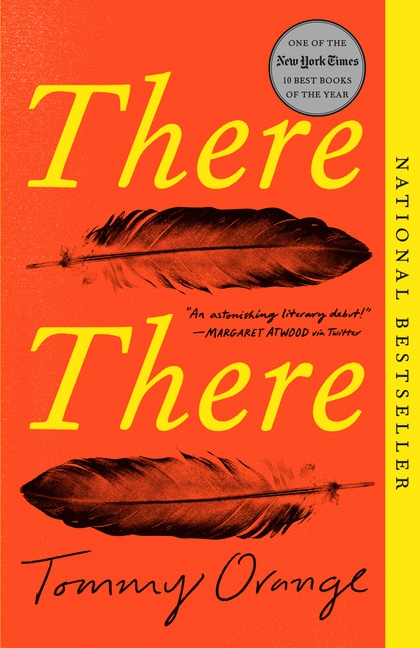
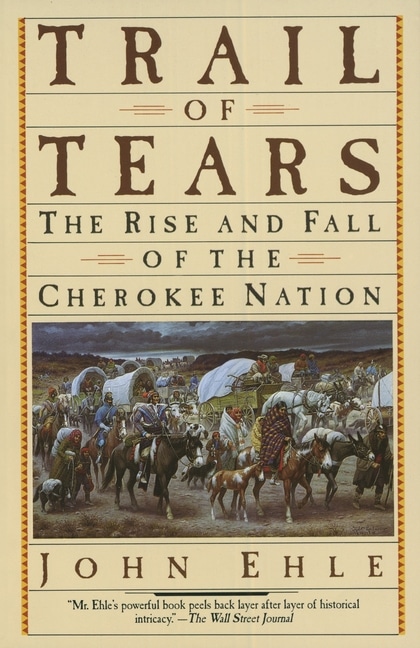
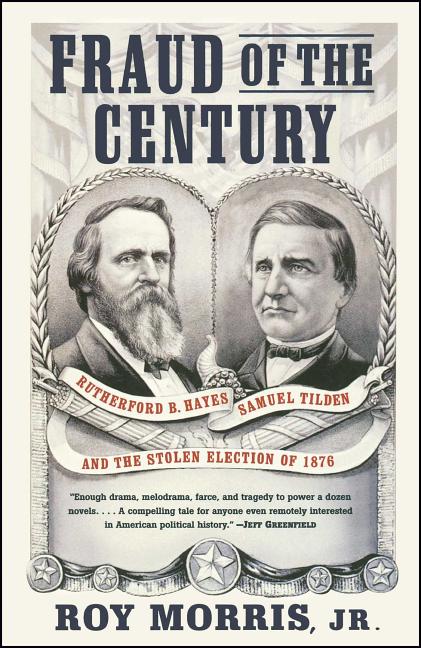
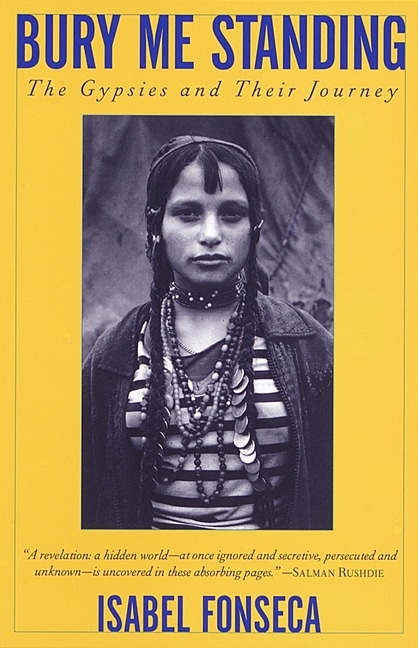
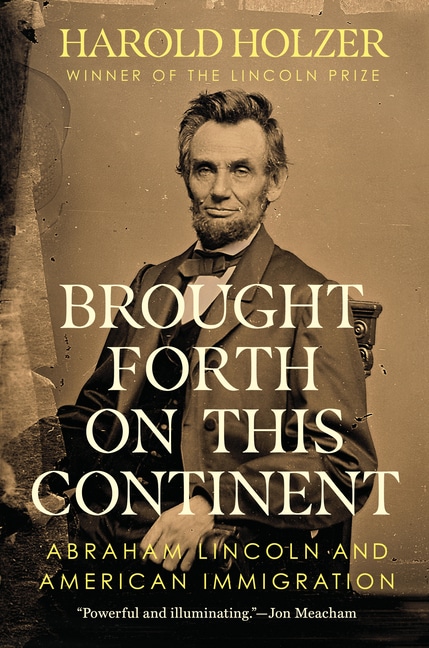
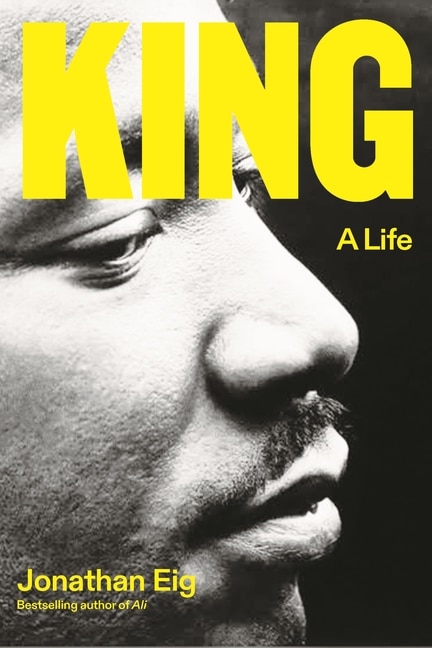
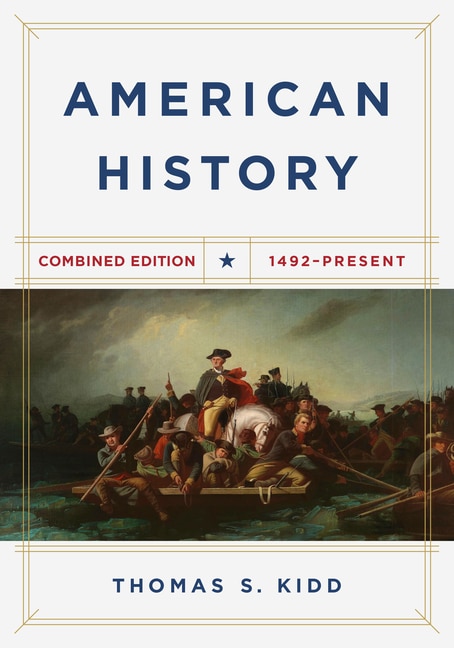
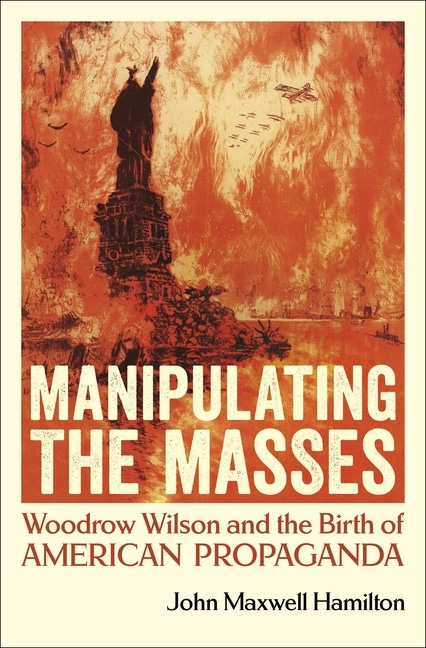

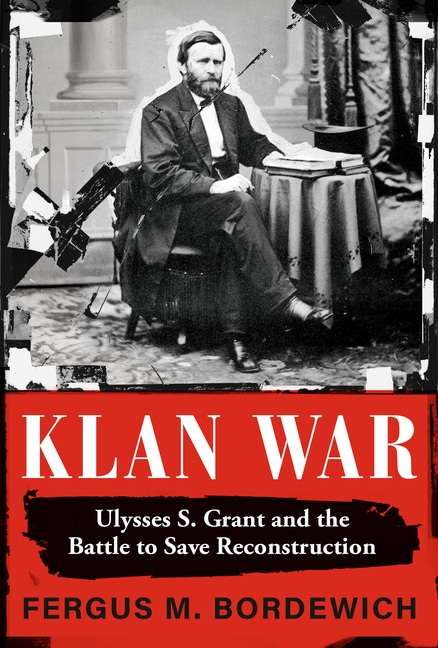
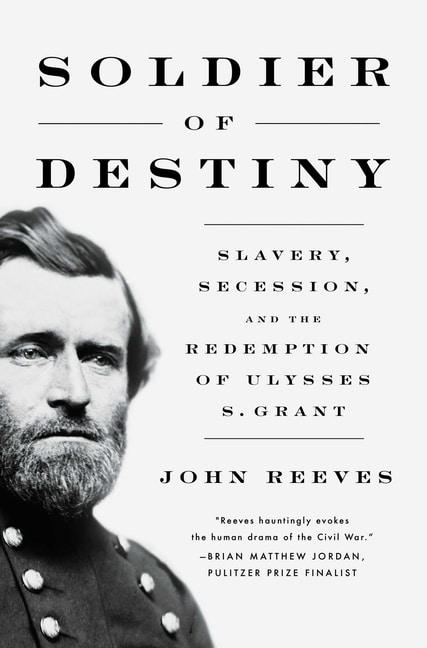
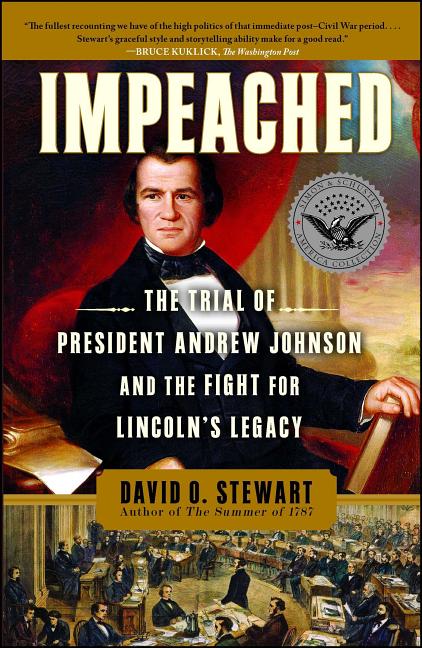
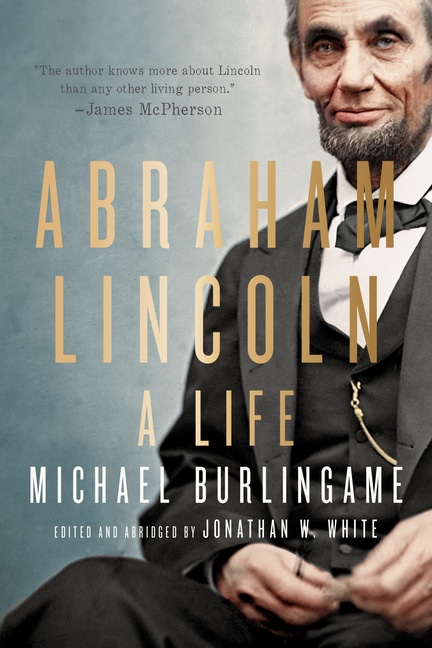
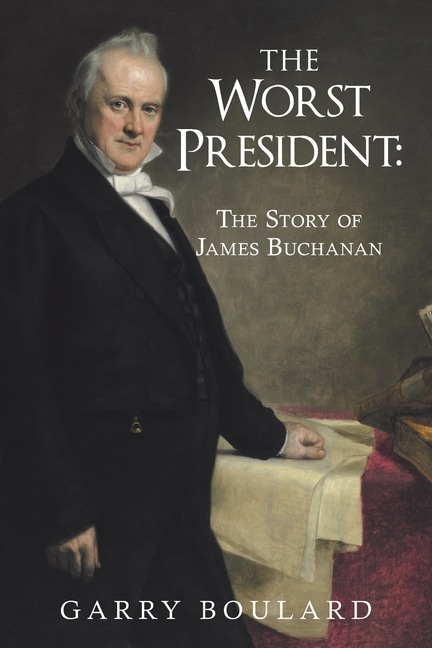
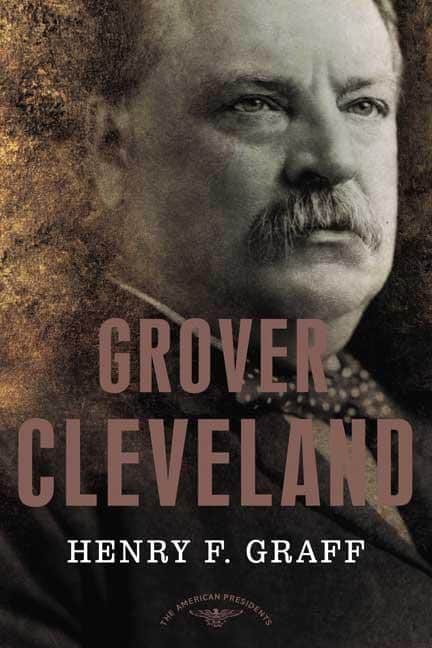
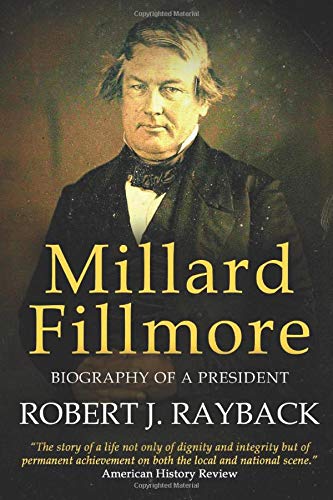
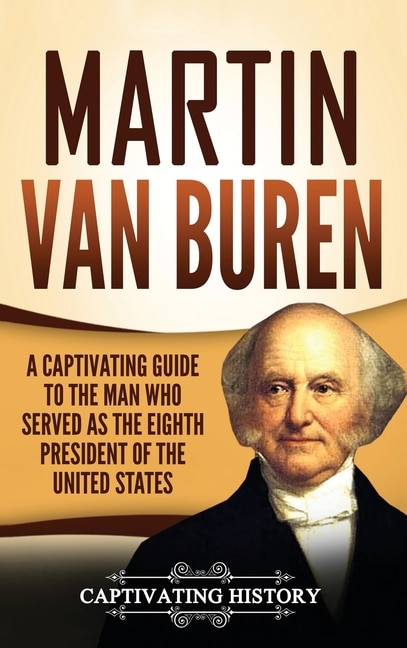
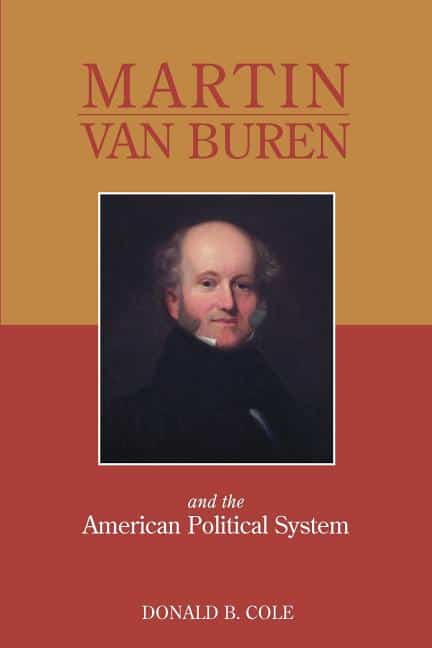
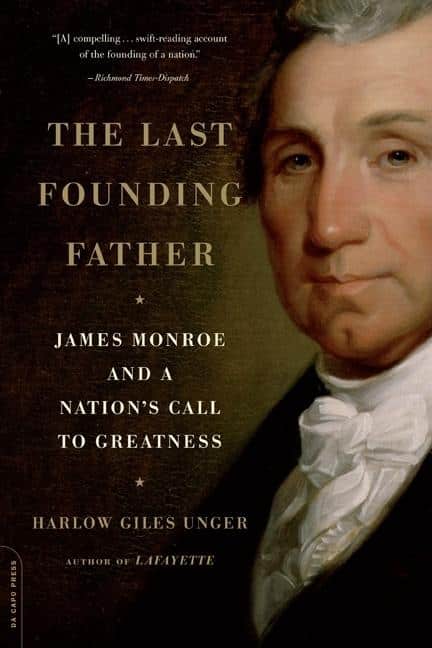
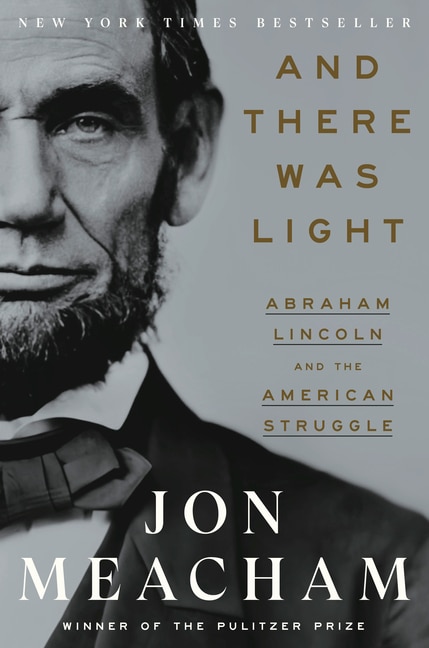
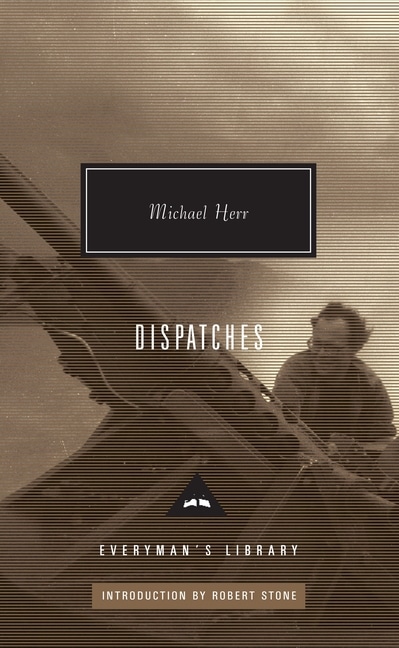
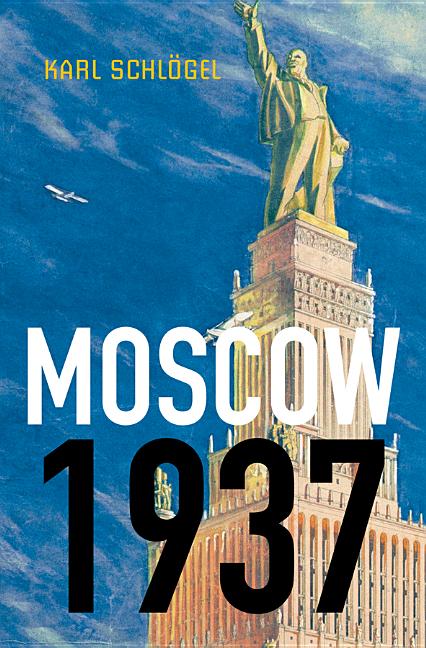
Reviews
There are no reviews yet.